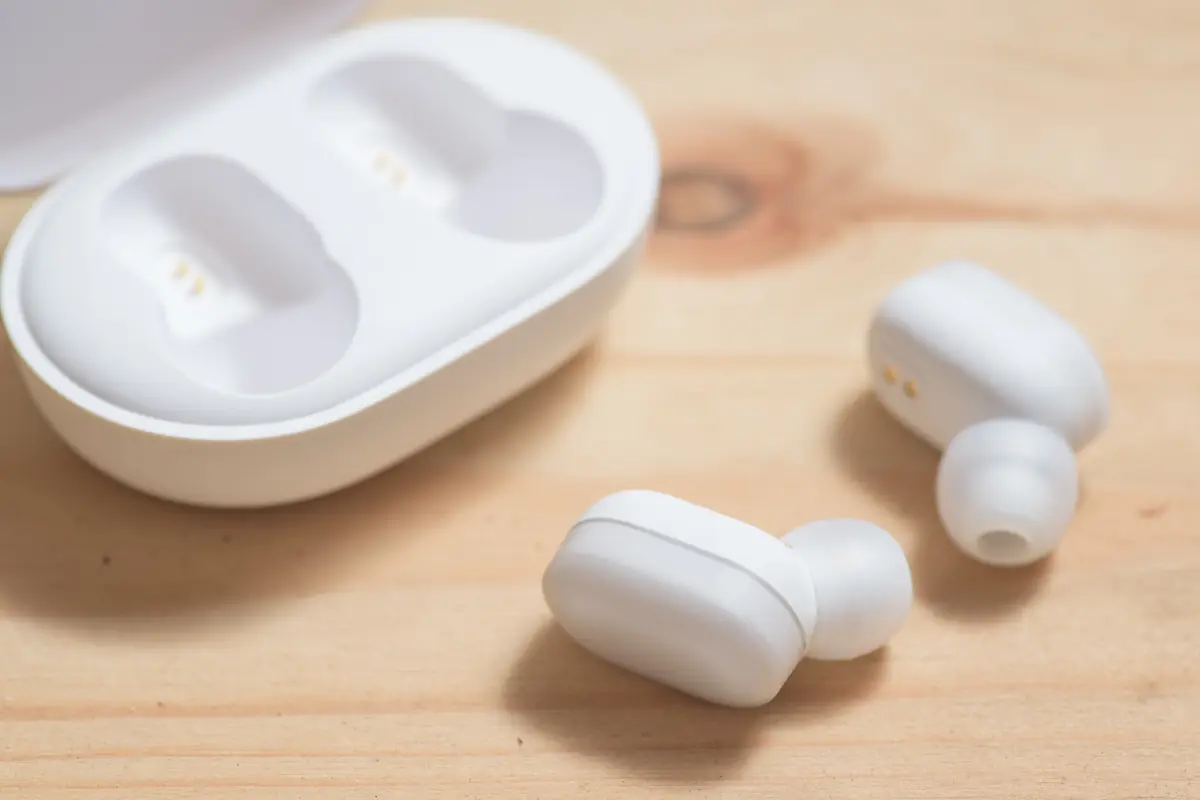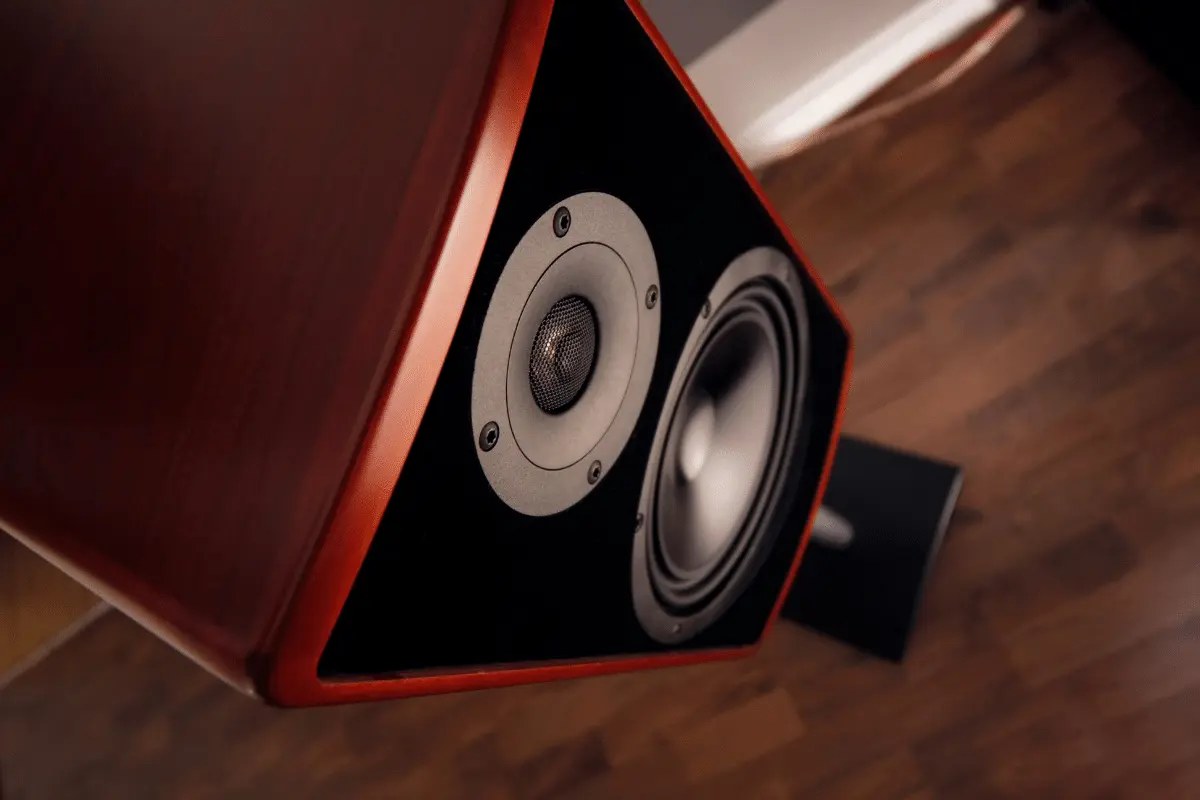Wireless technology has been ever-present in our electronic devices for some time now. But with the emergence of Truly Wireless earbuds on the consumer market, many people are now confused about the differences between legacy wireless technology and the newer, truly wireless technology that offers far more freedom. We unpack what truly wireless means and how it’s different from older wireless technology.
Truly wireless earbuds function through Bluetooth connections without any wires, even between the in-ear headphones themselves. Previously, while deices were wirelessly connected headphones to devices, each earphone still needed to be connected to the other with wires.
The difference is fairly simple, but it all boils down to how our technology has changed over time. The decision that you’re left with as a buyer is to ask yourself whether you want wireless or truly wireless headphones.

Truly Wireless vs. Just Wireless
It’s relatively straightforward. In the past, when Bluetooth technology was in its infancy, it was difficult to transmit data between the device and the drivers in both headphones.
So, manufacturers would compensate by connecting the headphones and only giving you true freedom from cumbersome cords connected to your device.
In other words, your “wireless” headphones still had wires connecting them. But, as Bluetooth technology has evolved, we now get a truly wireless experience.
This is possible because of the new mechanism used to sync your headphones, with each headphone being a separate Bluetooth receiver.
The Bluetooth signal is sent from your device to one of the headphones, which acts as the master.
From there, the master transmits the signal to the other headphone, and the two operate in sync, rather than both headphones being connected to your device simultaneously, receiving two different signals, which creates interference and diminishes sound quality.
Are Truly Wireless Headphones Worth It?
When deciding whether to buy a set of truly wireless earbuds or wireless headphones, with wires that connect the headphones, several key factors to consider are price, appearance, ease of use, portability, battery life, durability, and what additional features they have, such as microphones.
Truly wireless earbuds and headphones have something different to offer in each department.
Price
Unfortunately, because truly wireless technology is new to the consumer market, they are more expensive than the wireless headphones you’re used to.
To most of us, this is probably the most important part. But once you’ve seen what truly wireless earbuds have to offer, you may be willing to pay a few extra bucks; or wireless headphones might just be a better option for you anyway.
Aesthetics
In terms of what they look like, truly wireless earbuds certainly take the cake. They fit right into your ears and, sometimes annoyingly, people often don’t even notice when you’re wearing them!
As opposed to a fairly bulky set of over-ear headphones or even wireless headphones attached by a short string or wire are quite noticeable – although some people like the addition on a stylistic level, and some headsets also double as status symbols.
Ease of Use
This is the main focus of what makes truly wireless earbuds so much better for most people. There are no wires, and it gives you the freedom to move around and get on with physical activities, at the gym, while you’re working, or whatever you’re doing – your movement will not be restricted.
Gone are the days of wires getting caught in your zipper or almost choking you to death. And your earbuds are not a physical burden; you simply don’t even feel them aside from when you put them in your ear canal.
However, there is a big drawback: truly wireless earbuds are quite difficult to use, especially if you have big fingers; the small buttons and touchpads tend to be hard to control.
Wireless headphones often attach quick control mechanisms, such as volume control, skipping tracks, etc., to the wires attached to each headphone.
The case that you charge your truly wireless earbuds in is quite nifty, though, because it doubles as a power bank, allowing you to charge your earbuds while you’re on the move.
But, overall, the earbuds can be quite tricky to use in terms of turning on and off, pairing, and other quick controls.
Portability
In terms of portability, both wireless and truly wireless headphones offer us exactly what we need in terms of freedom from wires and portability.
You can actually go to the gym, put your cellphone down, plug your headphones in and move around the floor, exercising, without being restricted, motivated by your workout playlist. What’s not to love about that?
And, because truly wireless earbuds aren’t attached, they would be more portable, right? Actually, no.
Truly wireless earbuds have to be carried around – together – in a case when not in use. The case charges them and keeps them together because it’s very easy to lose one.
And without one of them, the other is pretty much useless.
So, unlike wireless headphones, which you can simply fold up and throw in your pockets or dangle over your neck, you are restricted by the truly wireless earbuds’ casing. Although, it’s not exactly a dealbreaker for most.
Battery Life
Another area where wireless is superior to truly wireless is in terms of battery life.
In most cases, truly wireless earbuds will deliver a maximum battery life of eight hours (with cases being able to charge your earbuds three or four times) and as little as three.
Wireless headphones can offer up to 20 hours on a single charge. However, wireless headphones must be charged via USB and cannot be charged on the go.
Durability
In terms of durability, while there is little difference in terms of the designs and the materials used in wireless and truly wireless headphones or earbuds, truly wireless earbuds are more prone to falling out of your ears to the floor, which can be quite a drop and it can damage your earbuds after too many drops.
Wireless headphones fall our less because they’re attached to you via the wires connecting the headphones, meaning if they fall out, they’ll be caught around your neck, rather than falling to the floor.
So, unless you’ve discovered the secret to keeping earbuds in your ears (a task far easier said than done), it’s likely that truly wireless earbuds won’t last as long as a set of wireless headphones.
Additional Features
The last thing you need to consider is the additional features that come with your truly wireless and wireless headphones.
Wireless headphones tend to offer more features when in the same price range as a set of wireless earbuds, but the additional features you may want are microphones and waterproofing.
Most earbuds and wireless headphones come equipped with a small microphone.
However, if wires connect your headphones, that’s likely where you’ll find your microphone, which is helpful because you can bring it closer to your mouth when you’re in a noisy environment.
With a microphone in your ears, as is the case with truly wireless earbuds, other people on the call may not hear you as easily.
In terms of waterproofing, the features will vary from brand to brand, but most wireless and truly wireless earbuds will have some kind of water resistance to protect the drivers from sweat and small amounts of water.
But be warned that no headphones currently on the market are fully waterproof, so don’t go for a swim with them just yet!
The Verdict: Should You Buy Wireless or Truly Wireless Headphones?
It all depends on what you want to get out of your purchase, but truly wireless doesn’t seem to represent the same value for money at present, while the technology is new.
Those prices will drop over time, but it’s a major consideration. And, even though truly wireless may seem to be falling short in terms of features such as battery life, once things are ironed out, these features will likely improve.
But, as of right now, you’re saving money with wireless for a fairly similar experience.
With that said, on a personal level, I’ve opted for truly wireless because I mostly use my headphones at the gym, where I need unrestricted movement, and it’s worth the additional expense.
But everyone has their own priorities, and you should make the purchase that works for you.





Leave a Reply
You must be logged in to post a comment.